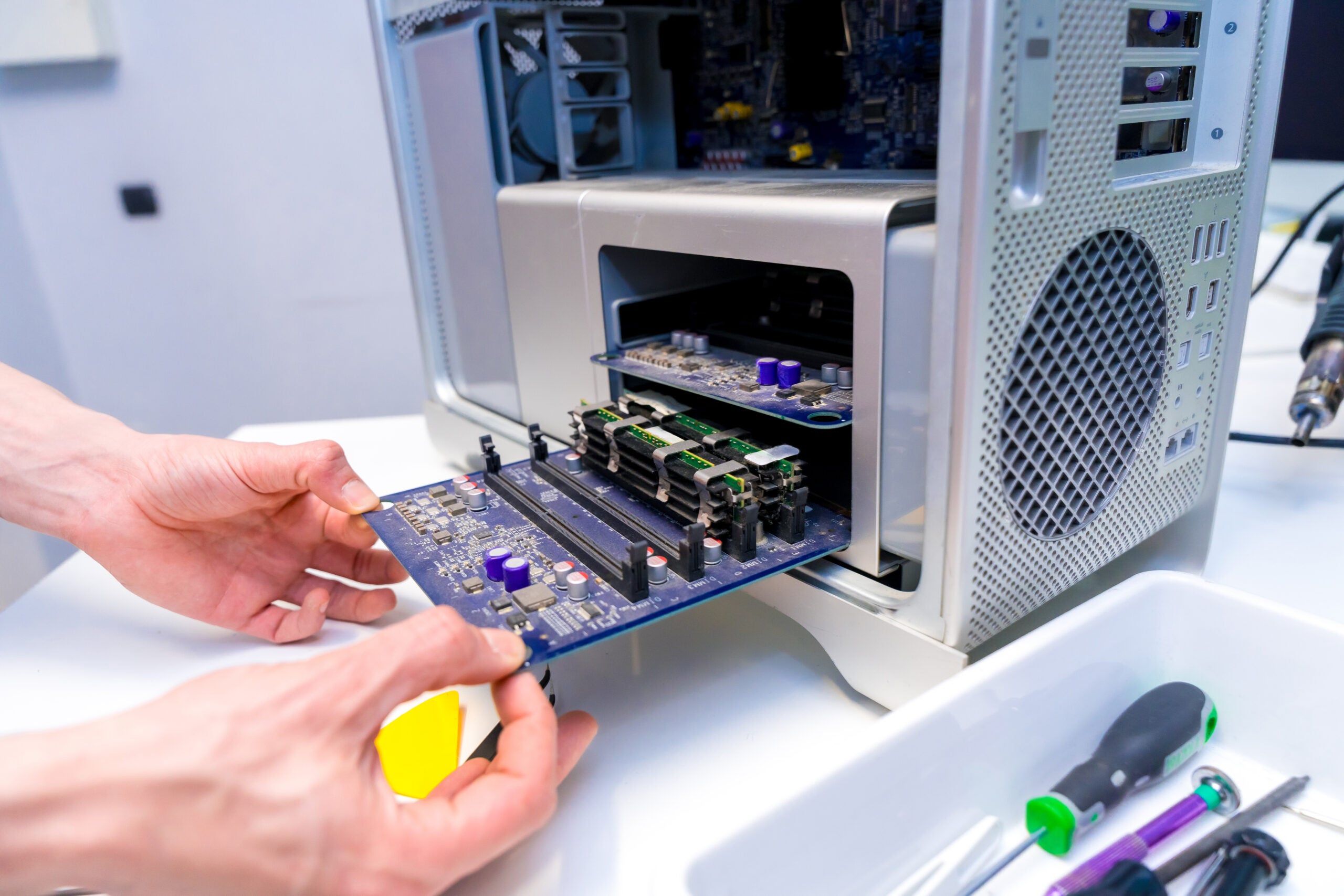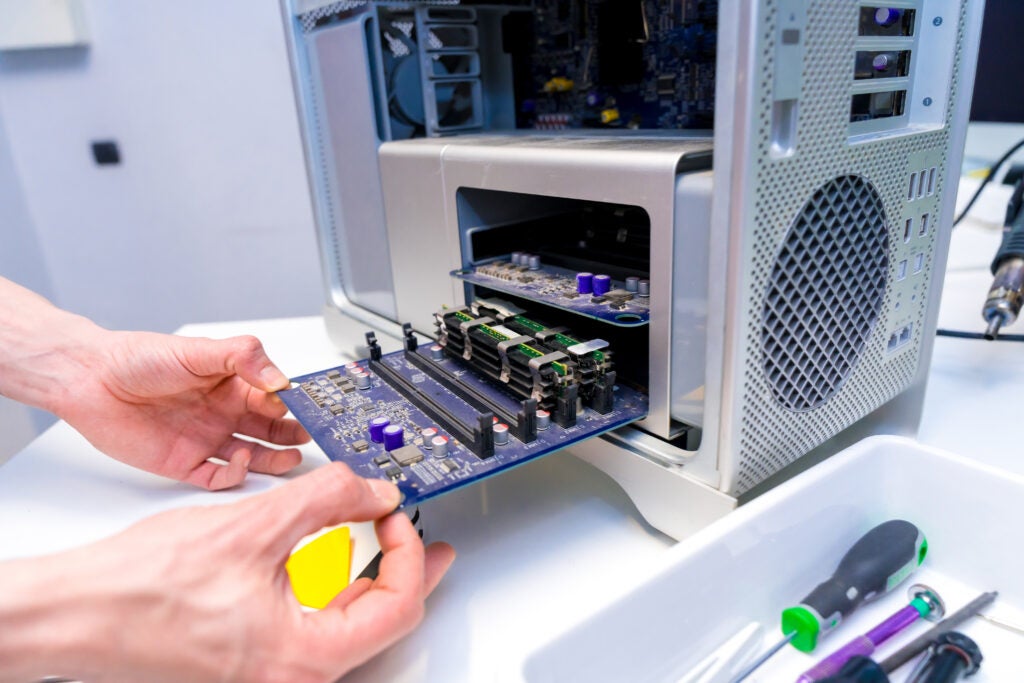
How to Improve PCB Design Techniques is a crucial question to ask in the search for better product design
Printed Circuit Board (PCB) design layout can make or break your electronic product’s performance, reliability, and cost-effectiveness. Even experienced engineers face challenges with signal integrity, thermal management, and component placement that can lead to costly redesigns and delays. The difference between a good PCB and a great one often comes down to following proven design principles and avoiding common pitfalls that plague even seasoned professionals.
This guide offers essential strategies to answer how to improve PCB design quality, reduce manufacturing costs, and accelerate your time-to-market. We’ll share practical techniques for optimizing layouts, managing component placement, and ensuring your designs meet both performance requirements and manufacturing constraints.
| PCB Design Best Practices Quick Reference | ||
| Design Element | Best Practice | Impact on Performance |
| Component Placement | Group by function to minimize trace lengths | Reduces EMI by 40-60% |
| Decoupling Capacitors | Place within 0.1 inches of the power pins | Reduces power supply noise |
| Layer Stack-up | Balance signal and power layers in stripline and microstrip configurations | Optimizes impedance control |
| Ground Planes | Use solid ground planes and avoid splits | Improves signal integrity by 30% |
| Trace Routing | Calculate based on signal integrity requirements | Eliminates signal reflections |
| Via Placement | Minimize vias in critical signal paths | Reduces signal degradation |
| Thermal Relief | Use thermal relief pads for ground connections | Improves soldering reliability |
| Design Rules | Set conservative spacing rules | Increases manufacturing yield |
Strategic Component Placement for Optimal Performance
Component placement forms the foundation of successful PCB design. Engineers who master this discipline can eliminate 70% of common design issues before routing begins. The placement process requires balancing electrical performance, thermal considerations, and manufacturing constraints.
Start your placement with power management components by positioning voltage regulators and power distribution networks first. Place these components near their load circuits to minimize voltage drop and reduce electromagnetic interference (EMI). High-current paths should use wide traces and multiple vias to handle current density requirements safely, so associated components should be positioned accordingly.
Critical analog circuits demand special attention during placement for EMI concerns. Separate analog and digital sections using physical spacing or ground plane isolation, and position sensitive components like operational amplifiers away from switching circuits and digital clock sources. This separation prevents digital noise from corrupting analog signals.
| Component Grouping Strategy | |||
| Placement Priority | Circuit Type | Placement Location | Isolation Requirements |
| First | Power Management | Center of the board for thermal dissipation | Wide traces, thermal vias |
| Second | Digital Logic | Optimum locations for routing to other areas | Clock distribution planning |
| Third | Analog Circuits | Separated from sensitive digital circuitry | Ground plane separation |
| Fourth* | I/O Connectors | Board edges | ESD protection nearby |
* It should be noted that mechanical requirements and the need for proximity to analog and digital circuitry will sometimes move I/O connectors to the top of the placement priority list.
PCB layout designers need to remember that component placement directly impacts signal integrity in high-speed digital designs. Bypass capacitors should be placed within 0.1 inches of integrated circuit (IC) power pins. This proximity creates low-inductance current paths that effectively suppress power supply noise.
How to Improve PCB Design with Effective Trace Routing Techniques
Effective trace routing is essential for successful PCB design. The way you route traces directly impacts signal integrity, electromagnetic interference (EMI), and overall system performance.
- Maintain Proper Trace Spacing: To minimize crosstalk, keep high-speed digital traces at least three times their width apart. For critical signals, increase this spacing to five times the trace width. When routing differential pairs, maintain consistent spacing throughout the entire length—typically 0.1 mm to 0.2 mm, depending on your impedance requirements.
- Implement Strategic Layer Usage: Route signals on different layers when possible to reduce interference. Place sensitive analog signals on inner layers, sandwiched between ground planes for natural shielding. Reserve outer layers for power distribution and less critical signals. This approach significantly reduces EMI while improving signal quality.
- Optimize Via Usage: Minimize the number of vias on high-frequency signals, as each via introduces impedance discontinuities. When vias are necessary, use smaller drill sizes (0.15 mm to 0.2 mm) to reduce parasitic inductance. Place ground vias adjacent to signal vias to provide proper return paths and minimize loop area.
| Signal Integrity Considerations | ||
| Signal Type | Routing Priority | Recommended Layer |
| Clock Signals | Shortest path, minimal vias | Inner layer with ground plane |
| Power Rails | Wide traces, star topology | Dedicated power plane |
| High-Speed Digital | Length matching, controlled impedance | Inner layer, differential pairs |
| Analog Signals | Isolated from digital switching | Separate analog section |
Design Validation Methods to Catch Errors Before They Become Expensive Problems
Design validation represents your first line of defense against costly PCB manufacturing errors. One incorrect model could cause thousands of dollars in wasted product, making thorough validation essential for any successful design process.
Start with comprehensive design rule checks (DRCs) during the schematic and layout phase of the design. These automated checks verify electrical connectivity, identify potential short circuits, and flag component conflicts before layout begins. Run DRCs after every major design revision to catch issues when they’re easiest to fix.
Implement 3D mechanical validation to prevent assembly conflicts. Modern PCB design tools allow you to import mechanical models and verify component clearances, connector accessibility, and enclosure fit. This validation step prevents expensive prototype iterations and ensures your design will assemble correctly on the first attempt.
| Critical Validation Checkpoints | ||
| Validation Type | Frequency | Key Benefits |
| Electrical rule checks | After each design revision | Prevents connectivity errors |
| Thermal simulation | Before layout finalization | Identifies hot spots early |
| Signal integrity analysis | During the routing phase of the PCB layout | Ensures timing requirements |
| Manufacturing DRC | During layout and before the board goes into fabrication | Validates manufacturability |
Power delivery network (PDN) analysis deserves special attention in validation workflows. Simulate your power distribution system to verify adequate current capacity, minimize voltage ripple, and identify potential ground bounce issues. Poor PDN design causes system instability and can require expensive board respins to correct.
Consider implementing automated validation scripts that run standard checks across your design team. Consistent validation procedures reduce human error and ensure every design meets your quality standards before moving to production.
Design for Success
Improving PCB design requires systematic attention to component placement, thermal management, and signal integrity principles. By following functional grouping strategies, optimizing thermal distribution, and maintaining proper signal flow paths, engineers can create more reliable and manufacturable designs. The key lies in using accurate component models and comprehensive design resources to prevent costly errors during development.
If you’re looking for CAD models for common components or other resources to answer how to improve PCB design, Ultra Librarian helps by compiling all your sourcing data, CAD models, design information, and inventory management tools in one place.
Working with Ultra Librarian will set up your team for success and ensure streamlined and error-free design, production, and sourcing. Register today for free.
